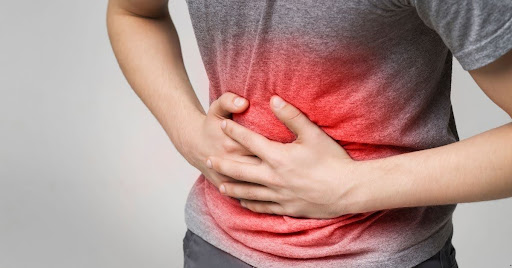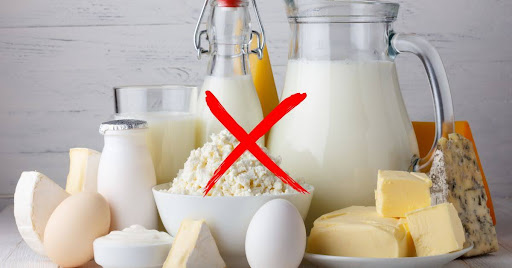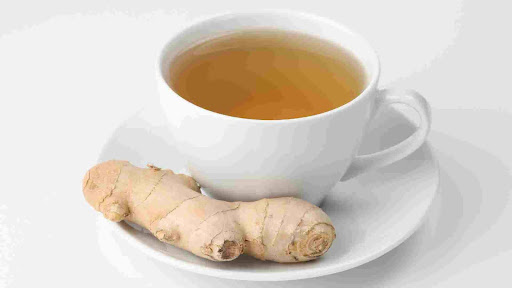What to Eat and Avoid During Loose Motion: A Complete Guide
3 min read
By DocGenie , Published on - 07 March 2025 Loose motion, commonly known as diarrhea, is a condition where an individual experiences frequent, watery bowel movements. While often short-term, it can cause significant discomfort, dehydration, and weakness. One of the most effective ways to manage this condition is through the right diet.
Loose motion, commonly known as diarrhea, is a condition where an individual experiences frequent, watery bowel movements. While often short-term, it can cause significant discomfort, dehydration, and weakness. One of the most effective ways to manage this condition is through the right diet.In this guide, we’ll explore what to eat in loose motion, home remedies, and crucial dietary do’s and don’ts for faster recovery and sustained digestive health.
What Is Loose Motion and What Causes It?
- Loose motion can be triggered by a variety of factors, including:
- Contaminated food or water
- Viral or bacterial infections
- Food intolerances
- Stress and anxiety
- Medications or antibiotics
In India, it’s common to develop loose motions due to sudden changes in diet, spicy food, or unhygienic food consumption, especially during monsoons or summer.
How to Stop Loose Motion Instantly with Home Remedies
 Before diving into what foods to eat, it's important to consider some effective home remedies for loose motion:
Before diving into what foods to eat, it's important to consider some effective home remedies for loose motion:- ORS (Oral Rehydration Solution)
- Keeps the body hydrated and balances lost electrolytes
- Easily available or can be made at home with salt, sugar, and water
- Fenugreek Seeds (Methi)
- Known for their anti-diarrheal properties
- Swallow 1 teaspoon of fenugreek seeds with water
- Banana with Rock Salt
- High in potassium, bananas help bind stool
- Add a pinch of rock salt to enhance effectiveness
- Cumin Water (Jeera Pani)
- Aids digestion and reduces bloating
- Boil 1 tsp cumin seeds in water, cool, and sip slowly
These simple methods can offer quick relief while your body recovers.
What to Eat in Loose Motion: Soothing Foods for Recovery
 Diet plays a crucial role in managing diarrhea. Here’s what to eat during loose motion to help your digestive system recover.
Diet plays a crucial role in managing diarrhea. Here’s what to eat during loose motion to help your digestive system recover.- BRAT Diet A commonly recommended diet that includes:
- Bananas: High in pectin and potassium
- Rice: Easily digestible, binds stool
- Applesauce: Mild, rich in soluble fiber
- Toast: Provides carbs without upsetting the stomach
- Curd (Dahi)
- Rich in probiotics that restore gut bacteria
- Eat plain, unsweetened curd with rice or alone
- Boiled Potatoes
- Soft, bland, and rich in starch
- Helps firm up stools
- Coconut Water
- Natural source of electrolytes
- Prevents dehydration and provides energy
- Masoor Dal (Red Lentils)
- Light and non-greasy
- Eat in small portions, diluted with rice or water
- Steamed or Boiled Vegetables
- Carrots, bottle gourd (lauki), and pumpkin are good options
- Avoid seasoning or spices during recovery
What to Avoid During Loose Motion: Foods That Make It Worse
Eating the wrong food can prolong symptoms. Here’s what not to eat when experiencing loose motion:- Dairy Products (Except Curd)
- Milk, cheese, butter can irritate the gut
- Fried and Oily Foods
- Heavy on the stomach, worsen diarrhea
- Spicy and Processed Foods
- May aggravate inflammation in the intestines
- Raw Fruits and Vegetables
- Hard to digest and can contain harmful bacteria
- Caffeinated Drinks and Alcohol
- Can irritate the digestive tract and lead to dehydration
- Sugary Juices and Sweets
- Can increase bloating and watery stools
What to Eat After Loose Motion Stops
Even after symptoms improve, it’s best to continue a light diet for a few days:- Gradually reintroduce whole grains, light dals, and cooked vegetables
- Sip on herbal teas like chamomile or ginger
- Avoid returning to junk or street food too quickly
Rehydration and gut-friendly food will ensure long-term digestive health.
Conclusion
Loose motion can be effectively managed with the right combination of hydration, diet, and home care. Knowing what to eat in loose motion and what to avoid helps in faster recovery and prevents complications like dehydration or nutritional loss.If your symptoms don’t improve within 48 hours, or if you experience high fever, blood in stool, or severe abdominal cramps, consult a medical professional immediately.



